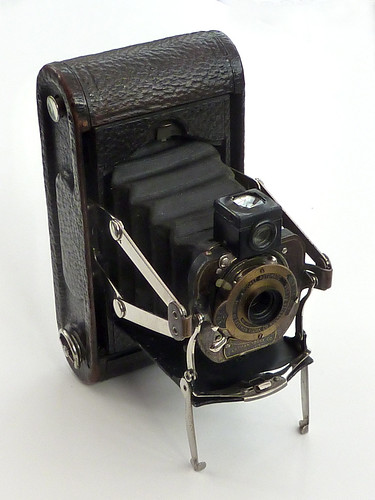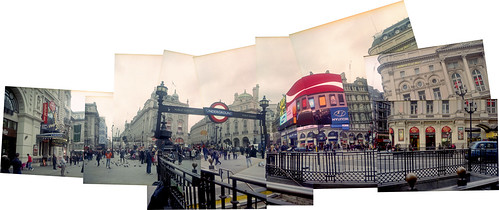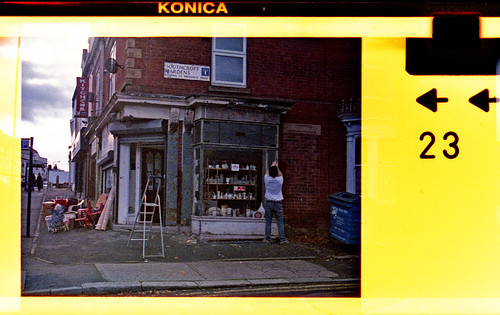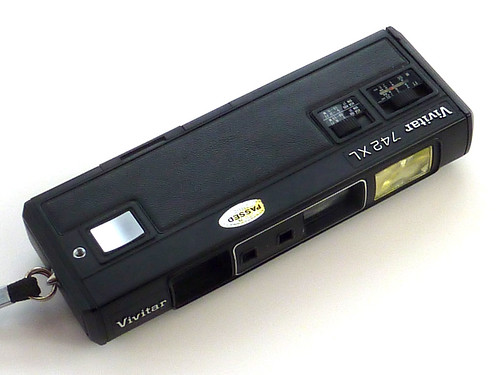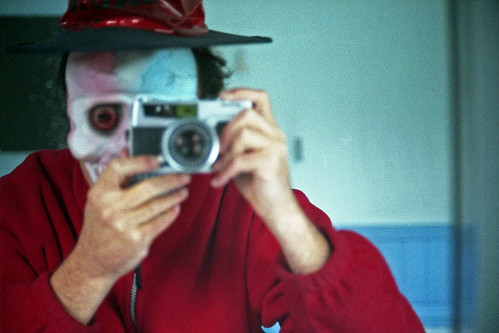Sunday 25 November 2012
Week 152 - Baby Brownie Special
photo from week 151 - No. 1 Folding Pocket Kodak
photo from week 151 - No. 1 Folding Pocket Kodak
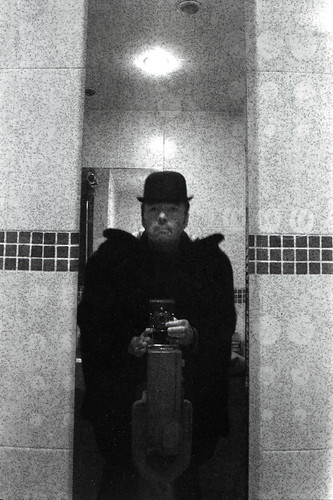
reflected self portrait with Kodak No.1 folding camera and bowler hat, a photo by pho-Tony on Flickr.
Wednesday 21 November 2012
Week 151 - No. 1 Folding Pocket Kodak
This is the oldest camera I have used so far, it was made over 100 years ago, and has subtle differences from the more common, later folding models. There is a single speed shutter with B and T settings, the un-named lens has a diaphragm with 4 marked stops, but no "f" numbers are given. It takes 120 film, and I have loaded it with my last roll of Shanghai GP3 black and white film. We will see what state the bellows are in in due course...
Photos from week 150 - Yashica Rapide
Photo from week 150 - Yashica Rapide

reflected self-portrait with Yashica Rapide camera and bowed top hat, a photo by pho-Tony on Flickr.
Wednesday 14 November 2012
Week 150 - Yashica Rapide
The Rapide is a half frame camera with an unusual vertical design. The film is advanced and the shutter cocked by tugging on a short leather strap (seen here bottom left). There is a built in un-coupled Selenium light meter, and the shutter speeds range from 1sec to 1/500th. It's made of metal, and quite heavy.
Photo from week 149 - Vivitar 742XL
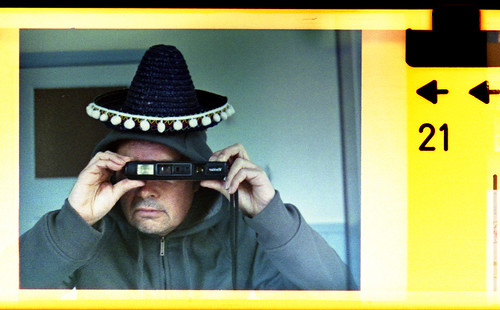
reflected self-portrait with Vivitar 742XL camera and small sombrero, a photo by pho-Tony on Flickr.
Photo from week 149 - Vivitar 742XL
Photo from week 149 - Vivitar 742XL
Saturday 10 November 2012
Week 149 - Vivitar 742 XL
Saturday 3 November 2012
Photo from week 148 - Petri 7s
Photo from week 148 - Petri 7s
Photo from week 148 - Petri 7s
I took it to "Fright Night", Sheffield's annual Halloween event, and used a slow shutter speed and a flash with coloured gel.


